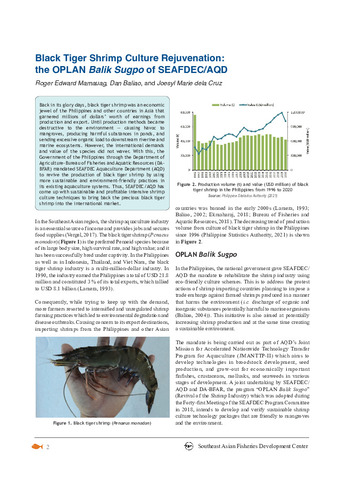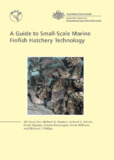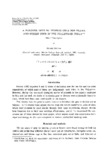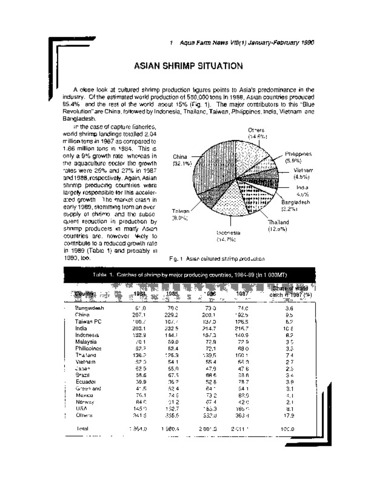Black tiger shrimp culture rejuvenation: the OPLAN Balik Sugpo of SEAFDEC/AQD
Share
| dc.contributor.author | Mamauag, Roger Edward | |
| dc.contributor.author | Baliao, Dan | |
| dc.contributor.author | Cruz, Joesyl Marie dela | |
| dc.date.accessioned | 2021-08-31T06:37:11Z | |
| dc.date.available | 2021-08-31T06:37:11Z | |
| dc.date.issued | 2021 | |
| dc.identifier.uri | http://hdl.handle.net/20.500.12066/6694 | |
| dc.description.abstract | Back in its glory days, black tiger shrimp was an economic jewel of the Philippines and other countries in Asia that garnered millions of dollars’ worth of earnings from production and export. Until production methods became destructive to the environment — causing havoc to mangroves, producing harmful substances in ponds, and sending excessive organic load to downstream riverine and marine ecosystems. However, the international demands and value of the species did not waver. With this, the Government of the Philippines through the Department of Agriculture-Bureau of Fisheries and Aquatic Resources (DABFAR) mandated SEAFDEC Aquaculture Department (AQD) to revive the production of black tiger shrimp by using more sustainable and environment-friendly practices in its existing aquaculture systems. Thus, SEAFDEC/AQD has come up with sustainable and profitable intensive shrimp culture techniques to bring back the precious black tiger shrimp into the international market. | en |
| dc.language.iso | en | en |
| dc.publisher | Secretariat, Southeast Asian Fisheries Development Center | en |
| dc.subject | Penaeus monodon | en |
| dc.subject | Prawns and shrimps | en |
| dc.title | Black tiger shrimp culture rejuvenation: the OPLAN Balik Sugpo of SEAFDEC/AQD | en |
| dc.type | magazineArticle | en |
| dc.citation.volume | 19 | en |
| dc.citation.issue | 2 | en |
| dc.citation.spage | 2 | en |
| dc.citation.epage | 7 | en |
| dc.citation.journalTitle | Fish for the People | en |
| dc.subject.asfa | shrimp culture | en |
| dc.subject.asfa | aquaculture | en |
| dc.subject.asfa | biosecurity | en |
| dc.subject.asfa | Recirculating systems | en |
| dc.subject.asfa | manipulators | en |
| dc.subject.asfa | seed collection | en |
| dc.citation.bookTitle | Fish for the People Vol.19 No.2 | en |




